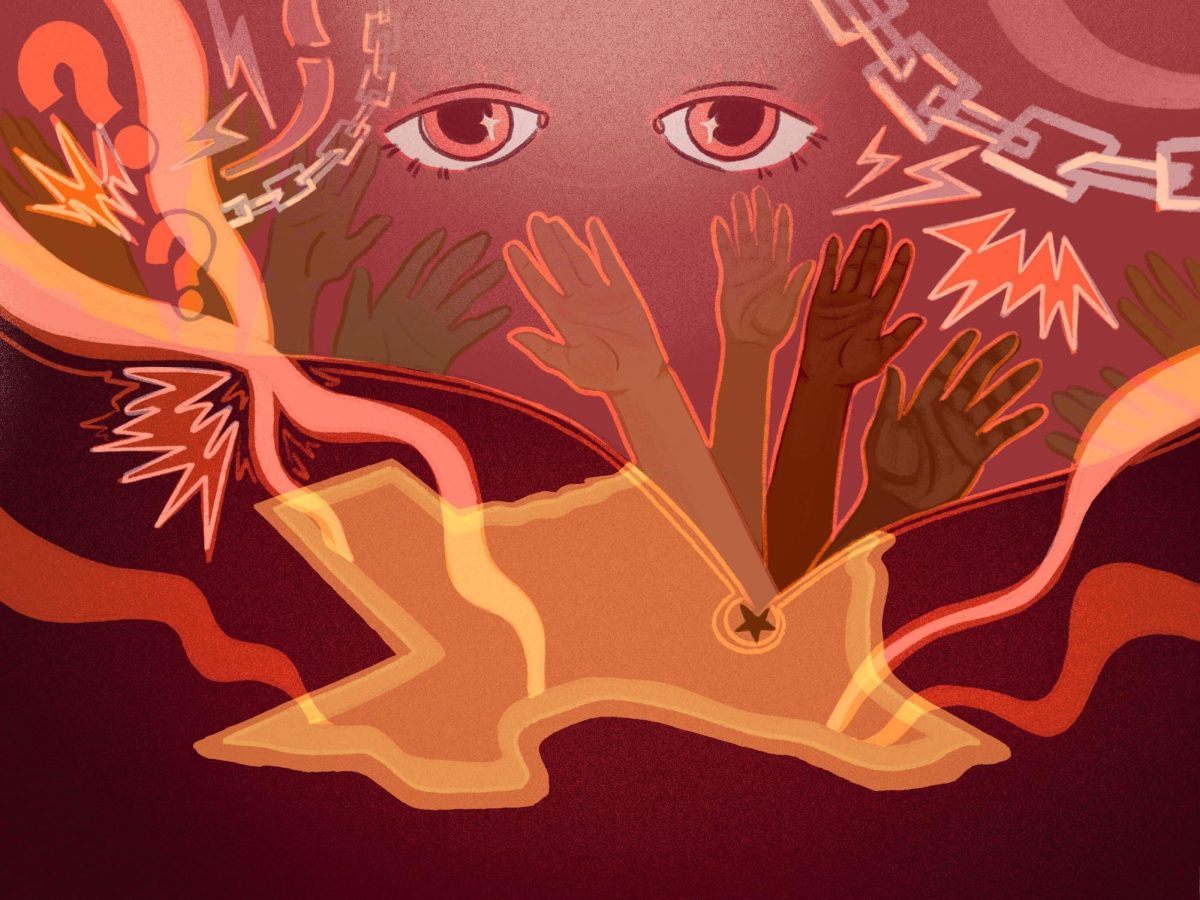On Monday, this newspaper published a front-page story with the headline “Breaking the Silence.” That story was about sexual assault on the UT campus and how, despite growing awareness of the issue, many cases still go unreported. That story, unlike this piece, was not editorial. It provided only the facts about sexual assault on campus, as well as the words of two female survivors of sexual assault.
That same day, The Daily Campus, an independent newspaper serving Southern Methodist University in Dallas, published an opinion column on its website with the headline “Women: prevent sexual assaults, drinking responsibly may reduce risk factor.”
Also on Monday, The Badger Herald, an independent student newspaper serving the University of Wisconsin-Madison, published a letter to the editor with the headline “‘Rape Culture’ does not exist.”
Both of these pieces, though editorial in nature, demonstrate the bravery it took for both women to speak openly as survivors of sexual assault. These articles also highlight the need for a major revision about how we think about the link between alcohol and sexual assault on this campus and on campuses across the country.
As art history senior Kaila Schedeen told the Texan, her assault involved alcohol, a fact which caused close friends and relations to pin the blame for her assault on Schedeen herself. In a multimedia video that accompanied the print story, Schedeen tells an off-camera interviewer, “I’ve lost a lot of relationships to people blaming me for something that is not my fault.”
She’s right: Her assault was not her fault. Seventy percent of sexual assaults involve alcohol consumption, but alcohol does not cause sexual assault; the cause of sexual assault is perpetrators committing the act. Rape prevention efforts centered on alcohol consumption should be aimed at confronting rape perpetrators, not rape victims. But to do that, we have to confront major misconceptions about rape prevention.
In the Badger Herald’s letter to the editor, author David Hookstead writes, “You’ll often hear very uneducated people make statements like, ‘If people taught their sons not to rape women, then we wouldn’t have a problem.’ There are a couple of problems with this statement.
[I]t’s incredibly ignorant. Anybody who’s ever watched the news knows that rape is illegal, and yet the above paints the picture that our society is failing to educate young men on rape. Secondly, it implies that education can prevent true acts of evil.”
When Hookstead characterizes rape as “evil,” it makes it easier for us to see rape as something done only by “evil people.” But regular people, even people perceived by their friends and family as good, are capable of committing horrific acts like rape. And if rape isn’t an act committed only by “evil people,” then who commits rape?
The answer, just like the answer to the question of who can be the victim of sexual assault, is anyone. Anyone is capable of committing a crime. And committing the crime of sexual assault is only made easier when you don’t understand the definition of consent. The connection between alcohol abuse and sexual assault, then, must be made clear to everyone, not just women but men as well. Moreover, the association should change, from drinking potentially putting you in a dangerous situation to drinking potentially removing your ability to understand others’ needs and desires.
On the UTPD website, the page on “rape prevention” cautions students to drink responsibly, be careful whom they trust and to learn self-defense techniques. At the end of the list, it asks students to “keep [their] aggression (and alcohol consumption) in check.” As the page goes on to explain, “Research has found that when men are under the influence of alcohol, they are likely to interpret a variety of verbal and nonverbal cues as evidence that women are interested in having sex with them.”
It’s messages like these that should be the focus of rape prevention education, not the one spread by Daily Campus contributor Wiley, who concludes her column by saying, “Young women, please wake up and realize that the majority of these incidents happen when the victims are intoxicated.”
The problem with that statement? It will never be the victim’s fault. Wiley, like far too many people, is aiming her efforts at the wrong side of the equation.















